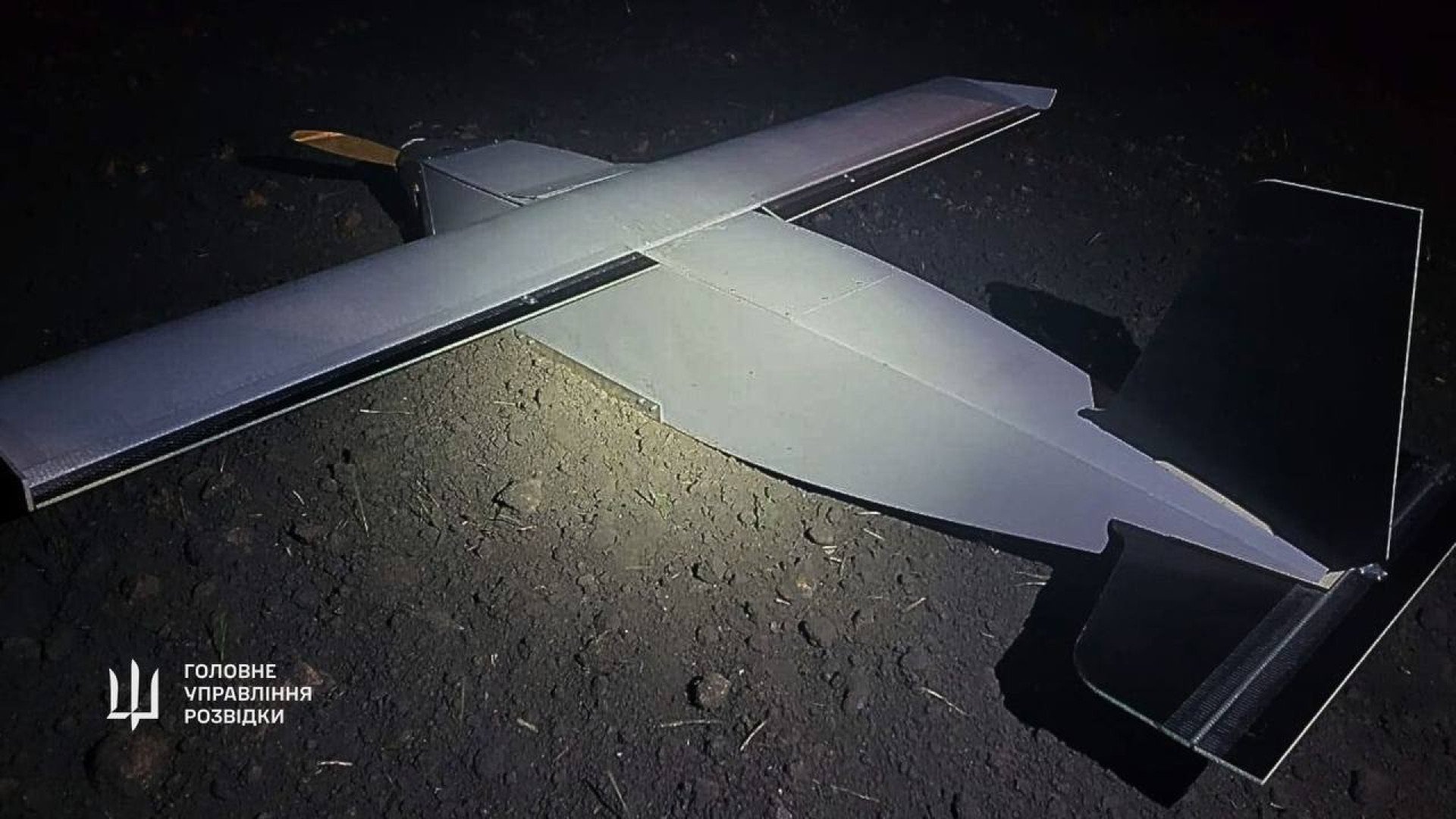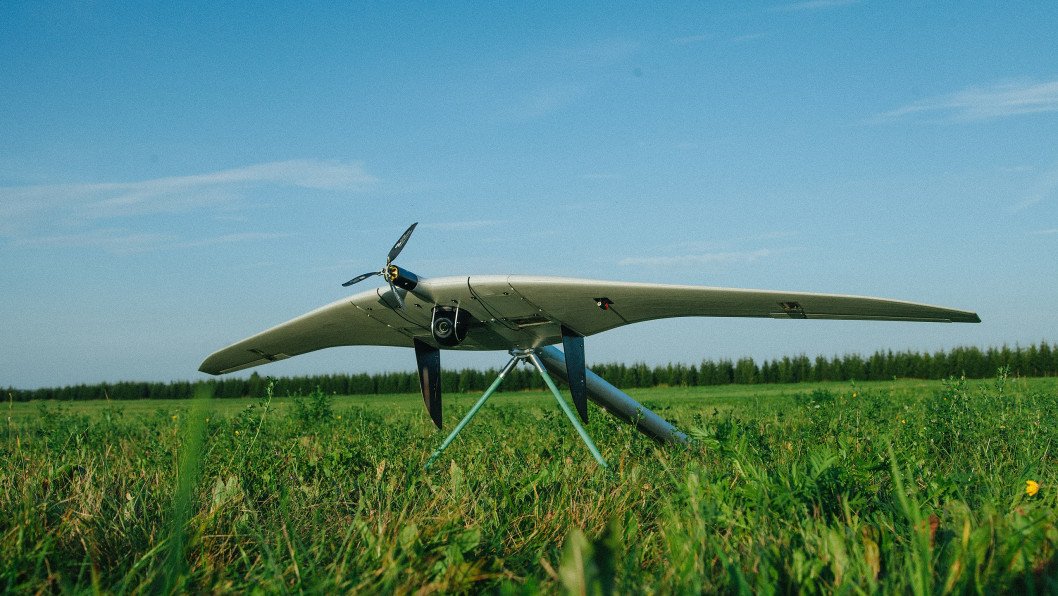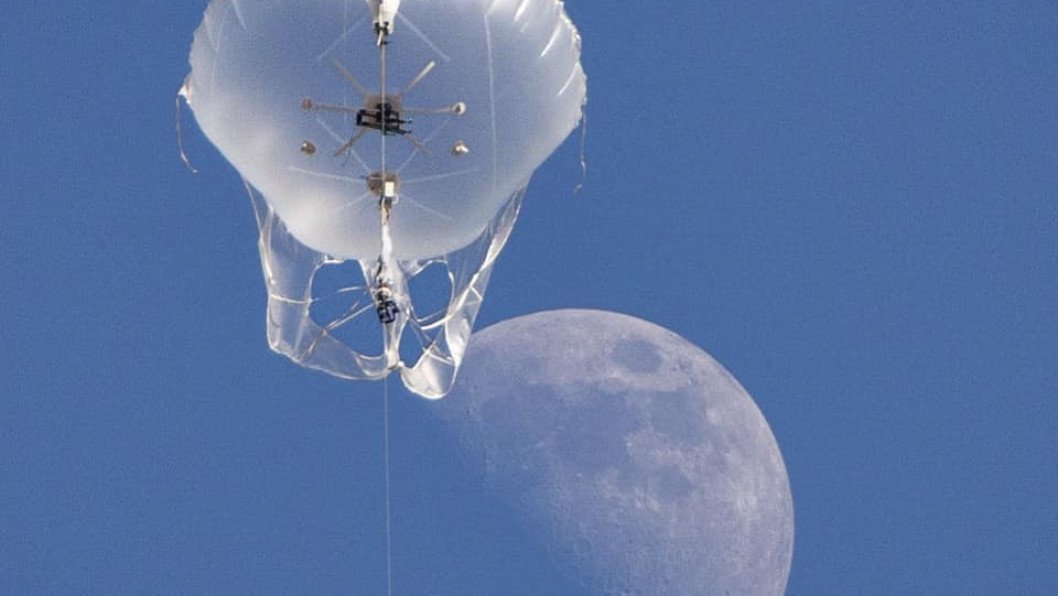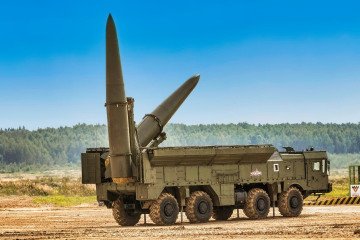- Category
- War in Ukraine
Russia’s Use of Dummy Drones Pushes Ukraine to Find Smart Solutions

Russia has recently intensified its drone attacks, launching around 100 Shahed-type suicide drones at Ukraine daily — including inert “dummy drones” designed to overwhelm and deplete air defense systems.
From August 1, 2024, to March 1, 2025, Russia launched over 15,000 Shahed-type drones, with a significant portion being intercepted or missing their targets. The strategic use of these drones, particularly the inclusion of decoys, places considerable strain on Ukrainian defenses, complicating efforts to protect critical infrastructure and civilian areas.
Ukraine is using every tool at its disposal to protect the skies — from mobile fire teams and Gepard anti-aircraft guns to electronic warfare units that jam incoming threats. Missile interceptors, while highly effective, are in short supply and reserved for only the most urgent threats. With Russia ramping up drone and missile attacks, Ukrainian officials warn their defenses are under growing strain.
Every night now brings massive Russian drone attacks – nearly a hundred Shaheds each time. Many are being shot down. As of this morning alone, 97 drones were shot down overnight. Mobile fire groups, electronic warfare units, air defense crews – thank you. Unfortunately, there are also hits.
Volodymyr Zelenskyy
President of Ukraine
The scale and intensity of these nightly barrages are stretching Ukraine’s layered air defenses thin. With Russia flooding the skies not only with explosive drones but also decoy models meant to confuse and overwhelm, each interception becomes a costly calculation.
“The development of an efficient air shield will not stop,” said Zelenskyy. “Today, I would like to thank all our partners who are helping us in this. But we need more air defense systems, more ammunition specifically for shooting down drones.”
Russia is now upgrading its Shahed drones with Chinese-made Controlled Reception Pattern Antennae (CRPA) tech — antennas designed to punch through Ukraine’s jamming and spoofing efforts. These enhancements make the drones harder to throw off course, adding a dangerous new layer to an already relentless threat.
Russia’s “dummy drones”
Russia’s near-daily drone assaults are sustained by the mass production of Shahed-type UAVs — loitering drones now manufactured at scale inside Russia under the name Geran-2. Designed for long-range strikes on civilian infrastructure and military targets, they’ve become a cornerstone of Moscow’s air campaign against Ukraine.
But as Ukraine’s defenses grow sharper, Russia is shifting tactics, employing a mix of real and dummy drones on seemingly random paths across the country, opening new pathways for their drones to hit civillian, military, and critical infrastructure.

These drones aren’t built to destroy—they’re built to deceive. When launched alongside real Shaheds, they flood radar screens, trigger defensive responses, and drain electronic warfare assets. Each decoy forces defenders into a costly dilemma: waste a missile on a fake or gamble that it’s not the real thing.
With air defense stockpiles already stretched thin, this tactic turns sheer volume into a weapon—blurring the line between real and fake threats and grinding down Ukraine’s air defense system one dummy drone at a time.
Russia’s drone production
At the heart of Russia’s drone surge is the Yelabuga factory in Tatarstan, where production has rapidly scaled. In 2023, the plant produced 2,738 Shaheds. By the first nine months of 2024, output had more than doubled to 5,760 units. By the year’s end, Russia had reportedly reached a monthly capacity of 2,000 drones, with an estimated total of 10,000 units produced in 2024.
Under an arms agreement with Tehran, Russia’s goal is to manufacture another 6,000 by summer 2025. As production has expanded, costs have dropped—down to around 4.4 million rubles (about $48,800) per unit in 2023, thanks to increased localization of components.
⚡️BREAKING
— Iran Observer (@IranObserver0) March 5, 2024
Mass production of the Shahed-136 has started in Russia.
According to reports, Russia is paying Iran a few billion in gold for the licensed production of these drones. pic.twitter.com/ucwgi3s8Gt
Imports have continued as well. In 2023, Iran supplied up to 3,000 Shahed drones to Russia, sold at a discounted bulk rate of 12 million rubles (roughly $193,000) per unit as part of a multi-billion-dollar arms deal. Combined with domestic production, Russia’s drone inventory reached approximately 13,000 units by the end of 2024.
But not all drones are designed to explode. Alongside its Geran-2 arsenal, Russia is mass-producing dummy drones—decoys like the Gerbera and Parody. Outwardly, they mimic the size, shape, and radar signature of a real Shahed but are stripped of warheads and complex guidance systems. They’re built with lighter, cheaper materials and are far easier to mass-produce.
Ukraine’s aerostat interceptor project
In the face of nightly Shahed drone swarms, Ukraine is testing an inventive new layer to its air defense—one that quite literally floats above the battlefield. Aerial tech firm Aerobavovna, working with defense partners, has developed an aerostat-based system designed to launch interceptor drones from high altitudes.
Tethered like a balloon, the aerostat carries thermal imaging equipment to detect incoming threats, then dispatches FPV drones to hunt down and neutralize targets mid-air.

The system’s specs remain classified, but the premise is simple: Operate above the clutter of ground-level jamming and terrain and strike from above. The aerostats can reach altitudes of up to 800 meters, operate in rough weather, and carry payloads of up to 10 kilograms.
Already in use by Ukrainian forces for communication relays and surveillance, they’re now being adapted for both electronic warfare and live drone interception.
One developer noted that they’ve spent two years engineering the balloons for all-weather operation, and current testing is focused on extreme conditions. If successful, these floating sentries could become a low-cost, persistent answer to Russia’s relentless drone waves—watching from above, ready to strike.

-c42261175cd1ec4a358bec039722d44f.jpg)
-46f6afa2f66d31ff3df8ea1a8f5524ec.jpg)
-6359eca46c72bde40a90abaaadd6eaa8.png)
-29a1a43aba23f9bb779a1ac8b98d2121.jpeg)


-206008aed5f329e86c52788e3e423f23.jpg)